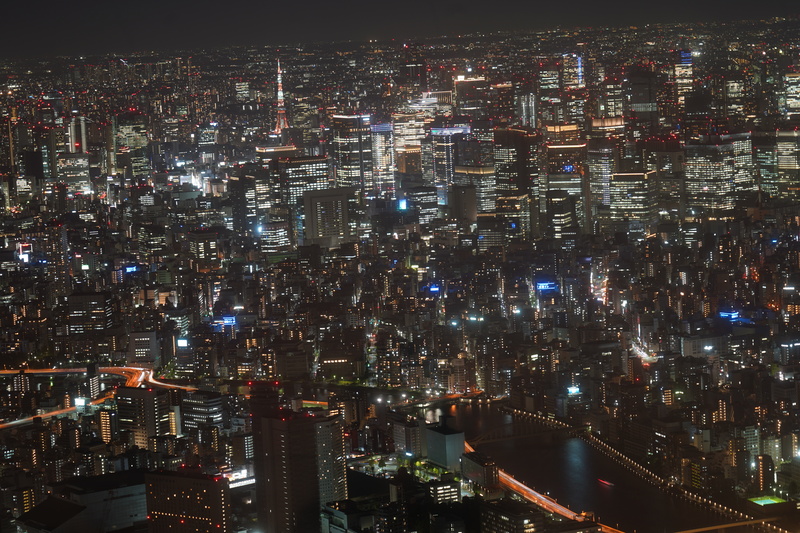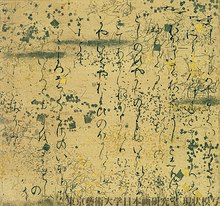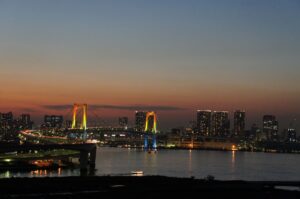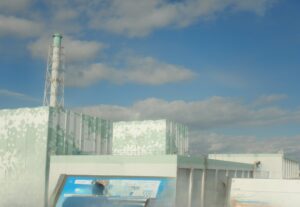Japan’s area is 380,000 square kilometers, similar to Germany with 357,578 square kilometers, situated in the Pacific Ocean. Japan consists of four main islands, Honshu, Hokkaido, Kyushu, and Shikoku along with numerous smaller islands. Honshu has 5 regions, Tohoku, Kanto, Chubu Koshinetsu, Kansai and Chugoku. Its diverse geography includes mountains, plains, and a beautiful coastline. Its climate is the warm and wet climate, Hokkaido is considered colder, Kyushu is considered warmer than Honshu, there are 4 seasons, Spring, Summer, Autumn and Winter, but due to the recent abnormal weather, Spring and Autumn seasons are becoming short, Summer is becoming longer and hotter, nearly exceeds 40C in many places. However, in Winter, The Sea of Japan side gets unprecedented heavy snowstorms. The capital of Japan is Tokyo ( population 14,110,773 as of 2023 )
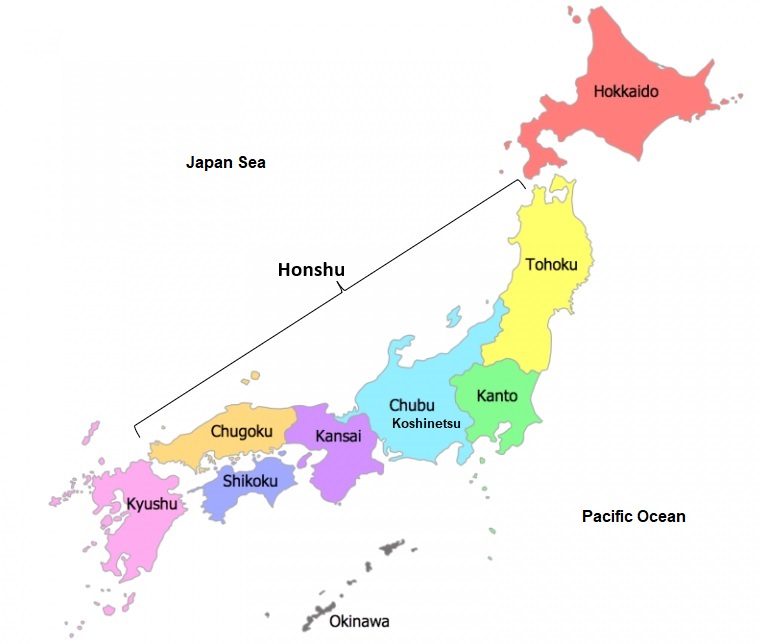
History
Ancient civilization
The Paleolithic period started around 30,000BC. Clay vessels from the period are found as the oldest surviving examples. Japonic language communication, wet-rice farming, sake producing started in the Yayoi period (700BC). According to legend, Emperor Jimmu founded a kingdom in central Japan in 660BC. The Kofun period (250 to 538 AD) is named after the large burial mounds, or kofun, that were constructed during this era. These mounds served as tombs for the elite, particularly for powerful chieftains and rulers. The Kofun period is marked by significant developments in Japanese society, including the emergence of a centralized state, advancements in metallurgy, and increased interaction with neighboring cultures, particularly Korea and China. The period also saw the rise of the Yamato clan, which would eventually become the imperial family of Japan. Culturally, the Kofun period is characterized by the introduction of various artifacts, including haniwa (clay figurines placed on tombs), pottery, and bronze mirrors. It laid important foundations for subsequent periods in Japanese history. In 784, Emperor Kanmu moved the capital to Heian-kyo (Kyoto) from Heijyo-kyo (Nara), it is called the Heian Period after the Nara Period. Murasaki Shikibu’s “The Tale of Genji”, Sei Shonagon’s “The Pillow Book” and the lyrics of Japan’s national anthem ‘Kimigayo’ were written.

Warring States period
In 1185, Minamoto no Yoritomo established a military government in Kamakura, he was assigned to ‘shogun’ by Imperial Court in 1192, Kamakura shogunate began and formed Japan’s feudal era that was controlled by a ruling class of warriors, the samurai. After going through turbulent times, 3 big warlords appeared, Oda Nobunaga, Toyotomi Hideyoshi and Tokugawa Ieyasu during the 16 century. After Nobunaga (rebellion by his vassal) and Hideyoshi (sickness) died, Ieyasu defeated rivals and was appointed ‘shogun’ by Imperial Court in 1603. He established Edo shogunate in Edo (Tokyo). It was a start of Edo Period continued for about 400 years.
The end of Edo Shogunate and influence by Western culture
In 1853, the USA Navy Commodore Matthew C Perry visited Uraga by the 4 black ships and forced Edo Shogunate to open Japan to the outside world. It surprised and threatened people in Japan a lot, then, Japan–US Treaty of Peace and Amity was concluded in 1854. People who considered Edo shogunate was not strong enough to protect Japan from the USA started Sonno-joi campaign ( Revere the emperor, expel the barbarians ) and attempted coups to overthrew Edo Shogunate. Eventually Tokugawa Yoshinobu decided to resign shogun in 1867. In 1868, Decree for the Restoration of Imperial Rule was announced by Iwakura Tomomi who was one of influential politicians at that time. It is the Meiji Restoration and Meiji Period began, the new government based on USA’s separation of powers was established under Meiji Emperor. Current 46 prefectures were established by the government. Japan was rapidly influenced by Western culture, industries during this period.
After Emperor Meiji died, Taisho period with Emperor Taisho began in 1912. It was the shorted period in Japanese history, only 15 years. Japan participated in World War 1 from 1914 to 1918 as a member of the Allies to be against Imperial Germany. It brought Japan remarkable economy growth and new colonies in South Pacific. In 1923, The Great Kanto earthquake in September killed over 100,000 people in Tokyo, Kanagawa.
Emperor Showa reigned from 1926 to 1989 which was the longest period in Japanese history. In early Showa period, Japan put forward to be a military state, withdrew from the League of Nations as Germany, Italy. On December 7th in 1941, the Japanese Navy attacked the American fleet at Pearl Harbor in Hawaii without any notification, Japan participated World War II on the axis side with Germany, Italy. This brought the US into World War II on the side of the Allies against Japan. In 1945, the state of war became worse for the axis side. Germany accepted unconditional surrender in May 1945 by Hitler’s suicide. Following Japan’s refusal of Potsdam Declaration, the US dropped the first atomic bombs on Hiroshima on August 6th and Nagasaki on August 9th, 200,000 people died ( later totally 500,00 people died ). Also the Soviet Union declared war against Japan. Those circumstances were enough to accept Potsdam Declaration for Japan on August 10th, Japan surrendered on August 15th. However it is still controversial whether the USA provided notices to people in Hiroshima and Nagasaki before dropping the atomic bombs. 25 of politicians and soldiers in Japan were found guilty of the war of invasion in International Military Tribunal for the Far East on November 12th in 1948, 7 of them such as former Prime Ministor Tojo Hideki were executed in December. Emperor Showa wasn’t accused of a crime for the war. Japan was under control of General Headquarters, the Supreme Commander for the Allied Powers (GHQ/SCAP) until Treaty of Peace with Japan went into effect on April 28th in 1952. They instructed modification of constitution to democratize Japan, separate the government and religion
After WWⅡ
Japan postwar rehabilitation was successful due to special demand with Korean war from 1950 to 1954. Japan also succeeded high economy growth until the oil crisis happened in 1973. Emperor Showa passed away on January 8th in 1989. Next, Emperor Heisei ascended throne until April 30th 2019. On March 11th in 2011, the Great Eastern Japan Earthquake hit Tohoku area, Kanto area which brought big tsunamis, it kil resulted One is the Great Hanshin Awaji Earthquake in Hyogo prefecture, Osaka prefecture in 1995, other one is the Great Eastern Japan Earthquake in 2011 in Tohoku area, Kanto area.

